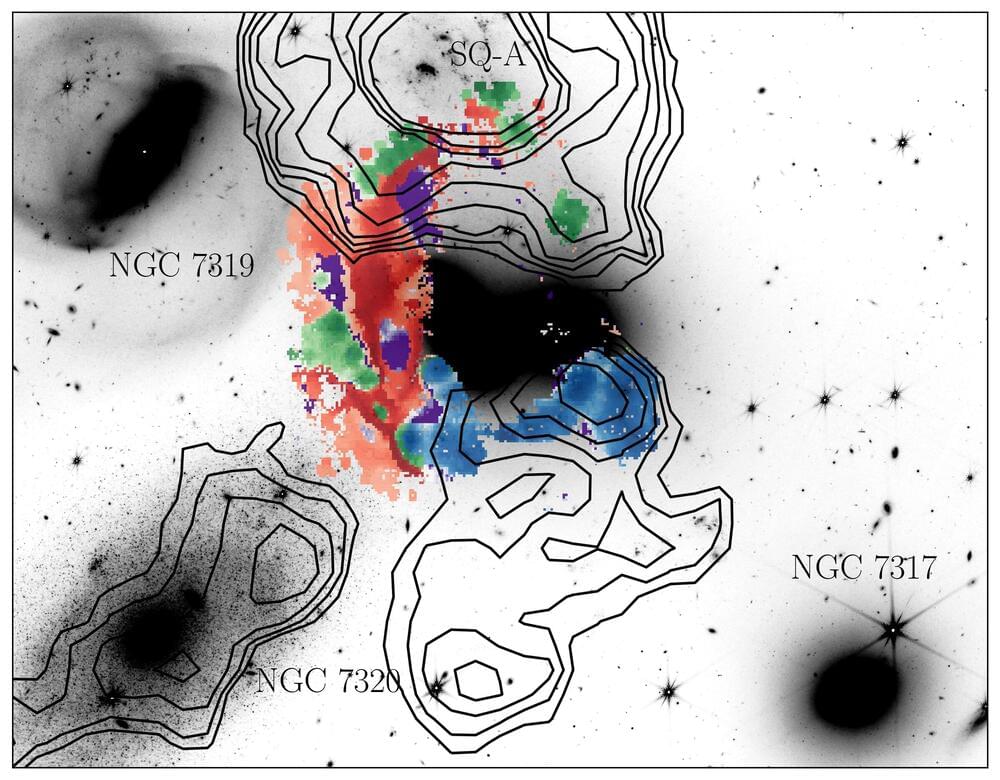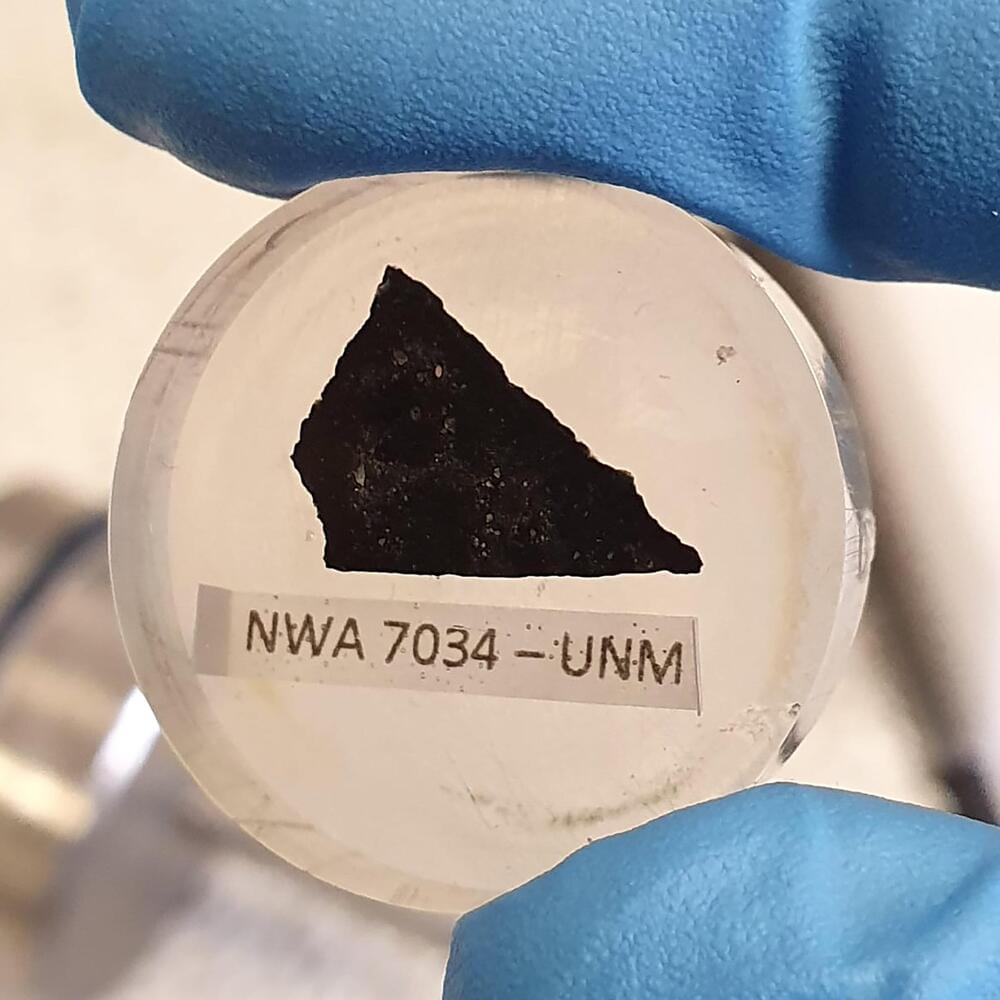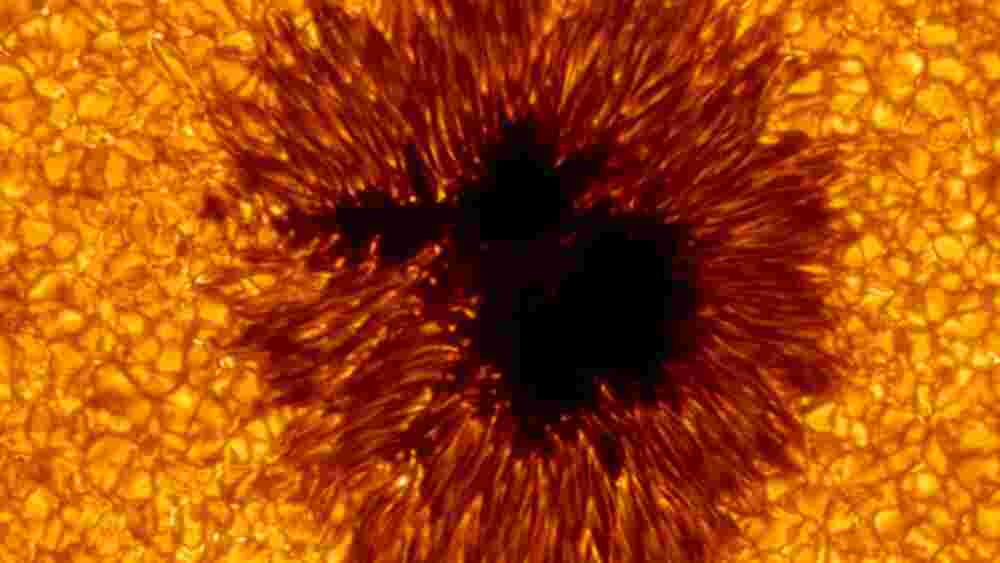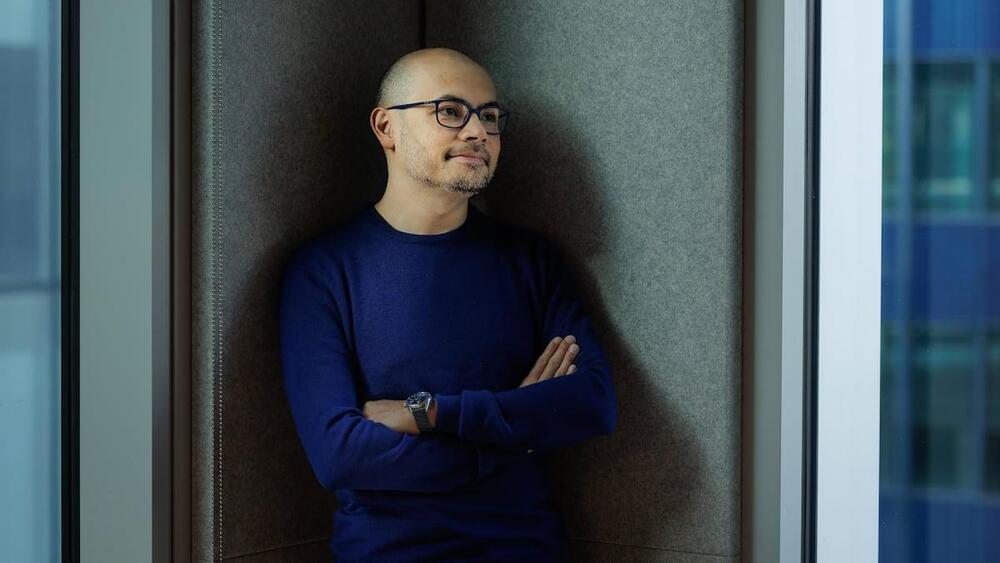Using the set of first-light observations from the new William Herschel Telescope Enhanced Area Velocity Explorer (WEAVE) wide-field spectrograph, a team of more than 50 astronomers, led by Dr. Marina Arnaudova at the University of Hertfordshire, has presented the first WEAVE scientific results on Stephan’s Quintet in the Monthly Notices of the Royal Astronomical Society.
This state-of-the-art wide-field spectrograph is a 20-million Euro project that brings together leading experts from around the world. WEAVE is set to revolutionize our understanding of the universe, offering unprecedented detail, as demonstrated in this new study of Stephan’s Quintet.
Stephan’s Quintet, also known as the Hickson Compact Group 92, is a nearby galaxy group that consists of five galaxies (NGC 7,317, NGC 7318a, NGC 7318b, NGC 7,319 and NGC 7320c). Ever since its discovery in 1877, it has captivated astronomers, particularly because it represents a galactic crossroad where past collisions between galaxies have left behind a complex field of debris.







